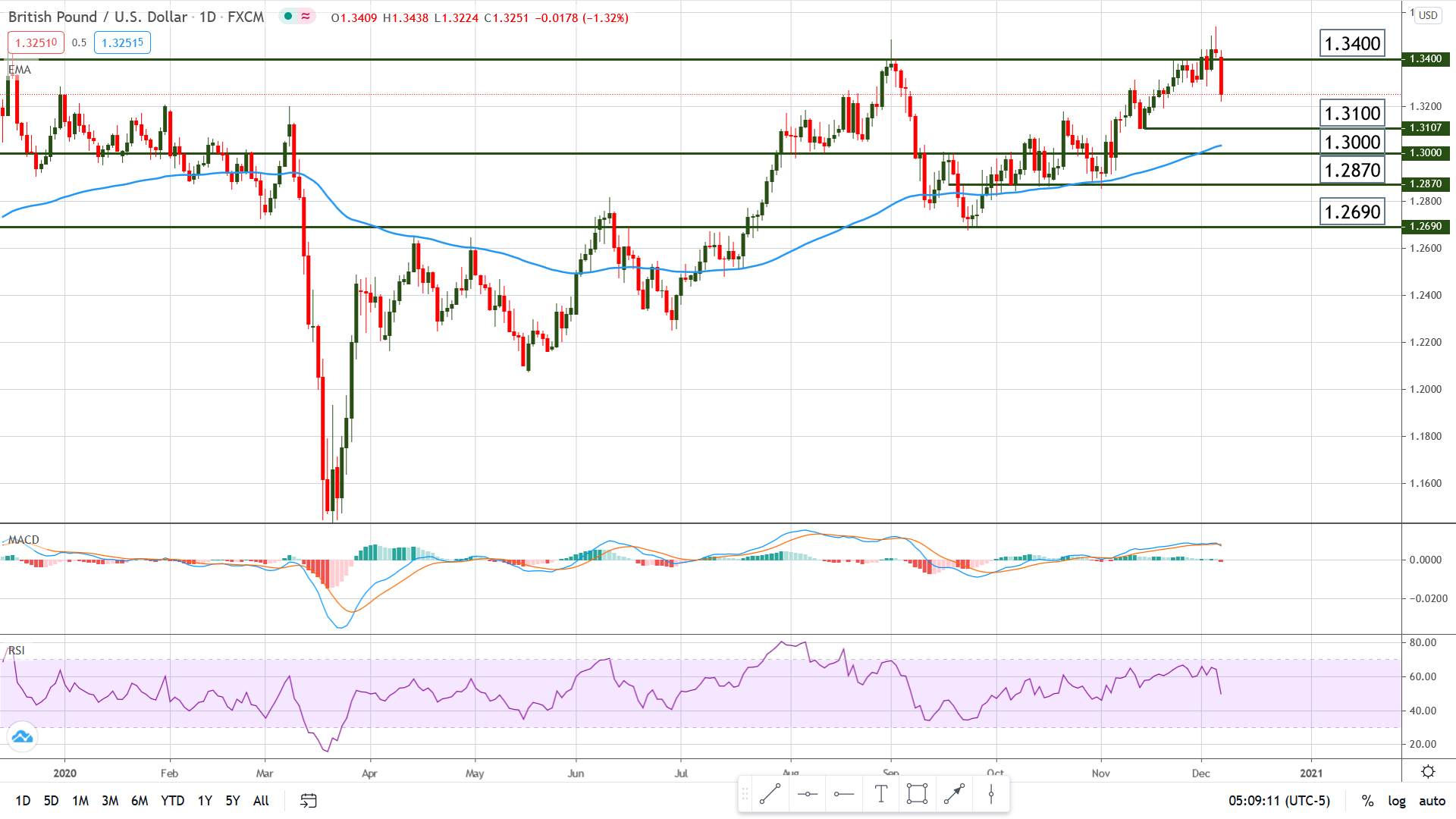EU–UK Trade Negotiations in Jeopardy, Again!
Forex Volatility Heats Up In Wake Of Brexit Fallout
by Bogdan Giulvezan
The trade deal between the European Union and the United Kingdom is once again on the brink of failure, as negotiations fell apart late last week. Chief European negotiator Michel Barnier and his British counterpart, David Frost mentioned “significant divergences on level playing field, governance and fisheries” as the main factors that hinder the materialization of an agreement.
These issues have been a major obstacle for a long time now, and all attempts to smooth things out have been met with disappointment. It seems like the more they talk about it, the harder it gets to reach common ground and to add fuel to the fire, now France has entered the discussion, with French European Affairs Minister Clement Beaune saying that “if there was an agreement and it was not good, we would oppose it with a right of veto”. He continued by adding “I still hope that we can have an agreement, but we will not accept a bad deal for France”.
The escalating probability of a no-deal Brexit could weigh heavy on the already sensitive British Pound, which could lead to losses not only in the short term but also in the longer term. The EU Council Meeting takes place on December 10 and may shed some light on the matter.
Key Events for the Week Ahead
The current week is very light in terms of economic releases but the most notable day will be Thursday, December 10 when the ECB will announce the Main Refinancing Rate (no change expected from the current 0.00%). The event takes place at 12:45 pm GMT and will be followed shortly after by the ECB Press Conference (1:30 pm GMT), during which, ECB President Lagarde will read a prepared statement and will answer journalists’ questions.
The US Consumer Price Index will be released at the same time (1:30 pm GMT), with an expected change of 0.1% (previous 0.0%). This is a gauge of inflation and higher numbers can strengthen the US Dollar, but the release is not known to be a massive market mover.
Chart Analysis – GBP/USD
The effects of the failed EU-UK negotiations can already be seen on the Daily chart: even if the greenback was hit late last week by worse than anticipated employment numbers, the pair has already started to move down, on the back of Pound weakness.
After reaching a high of 1.3539 against the US Dollar, the Pound dropped below the previous resistance (1.3400) and is now trading around 1.3275. It is very possible to see a continued descent throughout the week, with the first target being located at 1.3100. The 100 periods EMA (blue line on chart) may also act as support, followed by the key level at 1.3000.
The bias, at least for the beginning of the week, remains bearish, not necessarily due to US Dollar strength, but rather Pound weakness generated by EU-UK negotiations. Of course, any new developments on the matter may change the current outlook.
